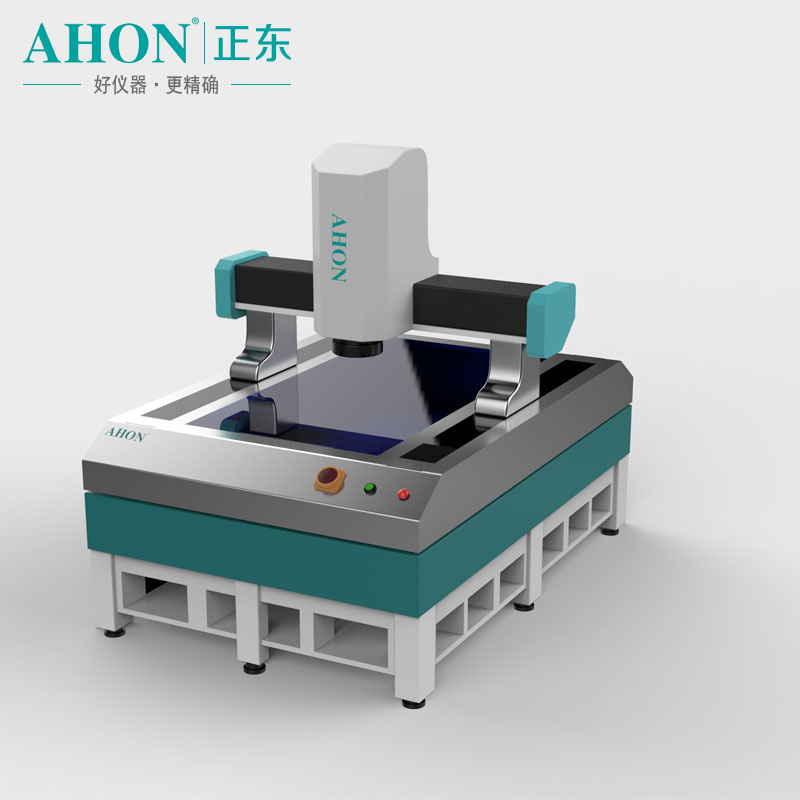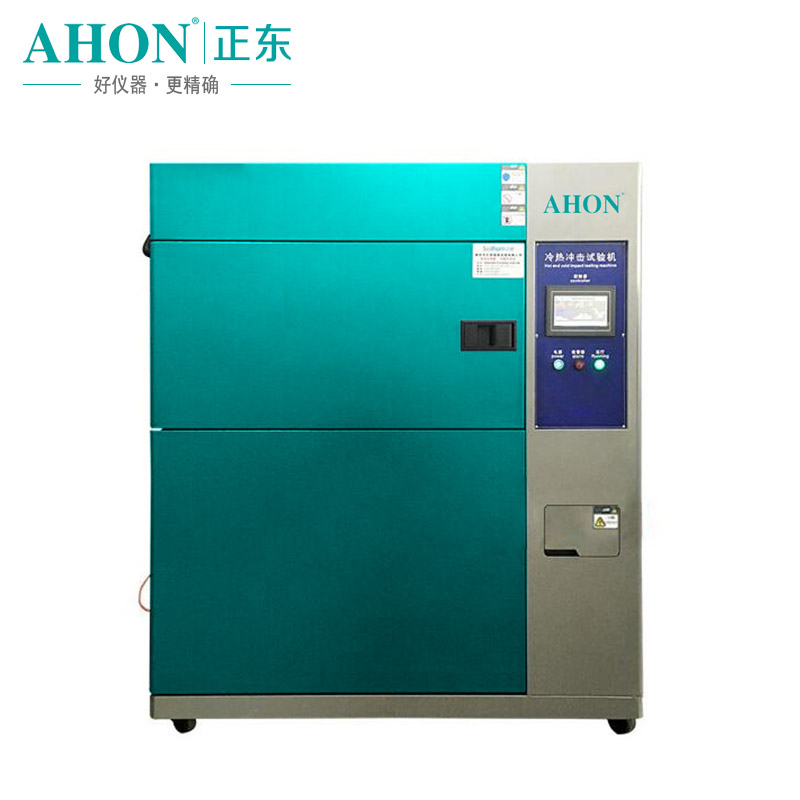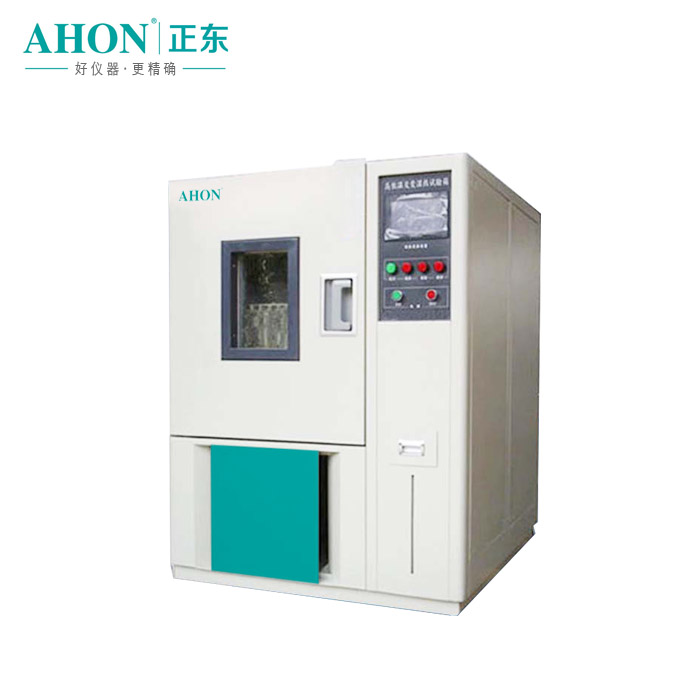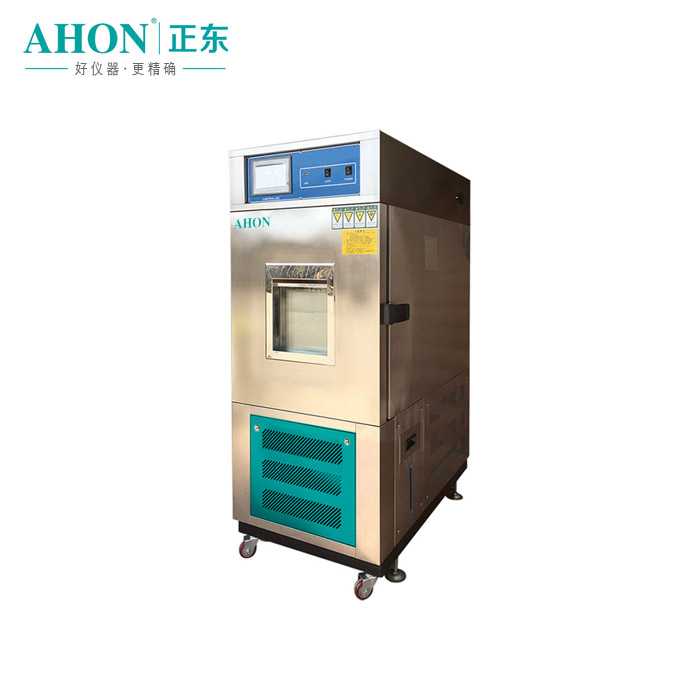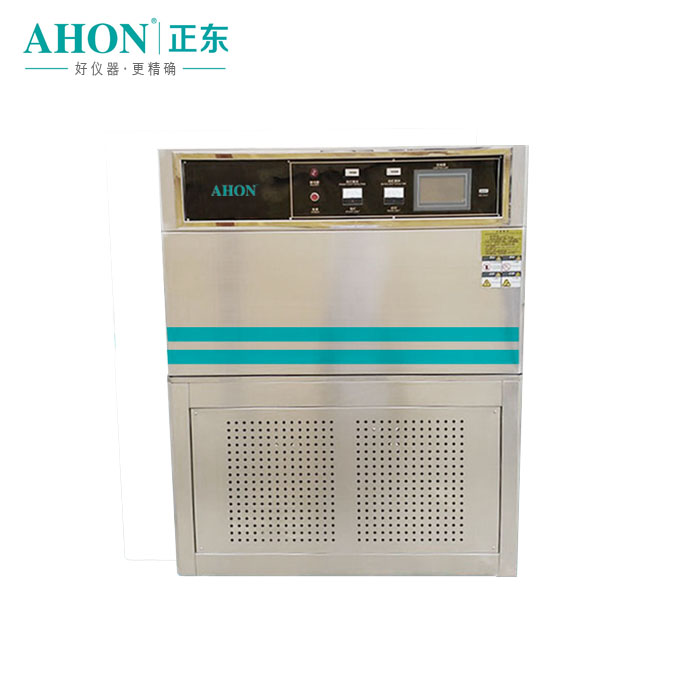| The level of research and development of scientific instruments in a country is not only the embodiment of scientific research strength, but also determines the breadth and depth of basic scientific research to a great extent. At present, the dependence on imports of scientific research instruments in China has not been fundamentally improved, and the shortcomings in the development of scientific research instruments need to be remedied urgently. |
The research and development of scientific instruments need not only theoretical innovation, but also the cooperation between industry, University and research institutes, as well as good system and mechanism guarantee. How should we do to strengthen domestic scientific research instruments? The development of scientific research instruments should take account of the market demand of users and applications and improve their practicability.
Universities and scientific research institutes are important research and development forces of scientific instruments, especially high-end scientific research instruments.
The development of some high-end scientific research instruments often relies on theoretical innovation. Xiao Liye, a researcher at the Institute of Electrical Engineering of the Chinese Academy of Sciences, believes that in order to break through in the development of high-end scientific research instruments, we must strengthen the original innovation.
Facing the more mature scientific research instruments in the world, it is not easy for China to catch up with them. Through theoretical innovation, we have developed our own series of high-end scientific instruments, which can not only meet domestic needs, but also be used for foreign scientific research, thus forming a situation of "you need me, I need you".
Developing high-end scientific research instruments requires not only profound scientific knowledge, but also strong industrial foundation.
Nian Fushun, chief researcher of the 41st Research Institute of China Electronic Science and Technology Group, said that due to the gap between China's scientific and technological level and the world's advanced level, the key materials, devices, processes and design means are still insufficient, which makes the reliability and stability of instruments and equipment difficult to meet user requirements, and the products lack competitiveness.
"Some scientific research is often only the first and not the second. To do a good job of research requires the best instruments and equipment, so the requirements for instruments are very high." Yang Xueming, academician of Chinese Academy of Sciences and researcher of Dalian Institute of Chemical Physics, Chinese Academy of Sciences, said that if the performance index and stability of the instrument were insufficient, it would be difficult to meet the needs of scientific research. Nian Fushun believes that we should strengthen the industrial infrastructure construction of high-end scientific research instruments, upgrade the technological level, optimize the design, break through the industrial chain of instruments, change the situation that key core components are controlled by others, and realize the independent control of the whole industrial chain of high-end instruments.
Experts also suggest that universities and scientific research institutes set up projects to do scientific research instruments, sometimes the results are not as expected, the reason for which, in addition to the technical level, but also with the organization and operation of the project model has a certain relationship.
According to Nianfushun's analysis, the long-term cooperation mechanism of industry, University and research in the development of scientific research instruments in China is still not smooth enough. At present, the national instrument research projects are mainly undertaken by universities and scientific research institutes, and relatively few by enterprises. In recent years, although it has been recognized that R&D should be driven by demand, the level of cooperation in the combination of production, teaching and research of scientific research instruments is still relatively shallow, and sometimes there is a phenomenon of "Lalang Pair".
It is reported that most of the research and development projects of scientific instruments in China adopt the mode of "leading unit + cooperative unit". Experts believe that this model seems to cover the production, learning, research and other multi-gravity, but in fact, due to differences in ideas and preferences between production, learning, research and so on, it is not easy to reach consensus, resulting in the actual operation of the effect is often greatly reduced.
"Some R&D of scientific research instruments are guided by technical indicators, and less consideration is given to the reliability, operability and experience of users. As a result, some high-end scientific instruments developed lack the application market and are finally put aside." Nianfushun said.
Zhang Feng, deputy director of the Institute of Strategic Consultation of Science and Technology of the Chinese Academy of Sciences, believes that it is necessary to draw up medium-term and long-term development plans for scientific research instruments, formulate technical roadmaps for high-end scientific instruments industry in relevant key areas, and accelerate the process of independent research and development and localization. At the same time, we should build a high-level scientific instrument research and development base, promote the formation of an effective mechanism for industrial-university-research cooperation and innovation, and form a common technology platform for high-end scientific instruments through the agglomeration effect, so as to speed up the process of localization.
"Coordination and linkage between scientific research institutions and enterprises should be strengthened to promote the process of high-end scientific research instruments from experimental prototypes to industrial products. Policy support and financial support should be given to enterprises engaged in scientific instrument research and development and nationalization." Zhang Feng said.
Concentrate limited funds, cultivate large-scale instrument enterprises, and enhance the market competitiveness of domestic instruments.
According to international practice, enterprises are the main body of research and development of scientific instruments. "Our country's research and development enterprises mainly focus on the low and middle-end market, the technology level is not high, the product homogeneity is serious, and some even survive through price war." Yi Tong, a researcher at Beijing Science and Technology Strategic Decision Consulting Center, said.
Xiao Liye, a researcher at the Institute of Electrical Engineering, Chinese Academy of Sciences, told reporters: "With the development of human understanding of nature towards a more micro-scale space-time, a larger cosmic space-time scale and more extreme physical conditions, traditional scientific research methods are no longer fully competent. Especially in the field of experimental research, without high-end scientific research instruments, it is very difficult to make significant original innovative scientific research results.
In Yitong's opinion, scientific research instrument enterprises in China are generally small and scattered, generally lacking the ability to develop new products independently, and innovation is also facing greater financial pressure.
Statistics show that about 80% of the manufacturers of scientific research instruments in China are small and micro enterprises, and most of them have been established for a short time. In contrast, many foreign scientific research instrument enterprises have decades or even hundreds of years of history, and have accumulated complete R&D and management experience.
According to Nianfushun, the main business of instrument enterprises in China is no more than 10 enterprises with more than 1 billion yuan. Taking electronic measuring instruments as an example, there are only one enterprise with annual sales exceeding 1 billion yuan, and no more than five enterprises with annual sales exceeding 100 million yuan. In addition, the research and development cycle of high-end scientific research instruments is longer, generally needs 5 to 10 years, and the cultivation period from basic research to product application needs about 10 years. Most instrument manufacturers in our country lack the ability of R&D and the patience to cultivate the market.
In this regard, Nianfushun suggests that we should concentrate limited funds, cultivate large-scale instrument enterprises and distinctive "invisible champion" enterprises, cultivate a number of influential leading-edge instrument enterprises, create world-renowned instrument brands, further enhance the competitiveness of domestic instrument market, and expand and strengthen China's instrument industry.
In Yitong's opinion, some non-technical factors also affect the development of domestic scientific research instruments. For example, in the past, in order to meet the domestic demand for high-end instruments, if some of the related instruments can not be produced in China or their performance can not meet the needs, tariff preferences will be given to similar imported instruments.
"It's difficult to define whether the performance of domestic products meets the needs. A few bidders even intentionally improve some performance indicators and keep domestic instruments out of doors," said Yitong. This results in the same use of instruments and equipment, domestic instruments need to levy related taxes and fees, while imported instruments are exempted from some taxes and fees, and the competitiveness of domestic scientific research instruments is further weakened.
"We can also implement a tax rebate policy for scientific research instrument enterprises and supervise the return of funds for follow-up R&D, forcing enterprises to further increase R&D investment. At the same time, it is hopeful to improve the enthusiasm of enterprises in R&D by drawing lessons from the way of subsidies for electrical appliances going to the countryside. Yi Tong said.
Improve the evaluation system of scientific research institutes in Colleges and universities to ensure the growth of engineering and technical personnel.
Reserve of talents is the key to the development of scientific research instruments. However, our country still lacks a complete talent reserve. "Making instruments belongs to the research and development of Engineering technology, and it is usually difficult to publish papers. At first, it was difficult to make money, and industrialization needed more investment. Moreover, the research and development of instruments require a high level of technology, which requires years of accumulation, and the threshold is relatively high. Generally, it is not always possible to do well without rigorous training. Yang Xueming said that at present, China's evaluation system is generally paper-oriented, so the development of instruments is a little hard to please.
According to experts, German universities and research institutes are equipped with relatively perfect engineering and technical personnel, and the growth of talents is also better guaranteed. A stable talent team supports the continuous research and development of scientific research instruments.
"For a long time, there has been a tendency of attaching importance to research rather than support in our scientific research culture. The development of scientific research instruments is an important support work in scientific research activities. Scientific researchers need to pay more attention to the development of scientific research instruments." Xiao Liye said.
Lack of high-level innovative talents is also a difficult problem facing China's instrument enterprises. Nian Fushun introduced that, taking the electronic measuring instrument industry as an example, at present there are less than 10,000 employees in the whole industry, which is less than the number of employees of a large company in the same field abroad, and the quality of talents and innovation ability are more different.
How to improve the talent reserve of high-end scientific research instruments? Xiao Liye suggested that we should change the evaluation system of scientific research in universities and research institutes to ensure the growth of engineering and technical personnel, so that more people have the motivation to do the research and development of instruments.
"The state should increase investment in the training of instrument talents. For example, in recent years, China has spent a lot of money on imported frozen electron microscopes, so it is better to try to spend part of the money to cultivate talents who develop frozen electron microscopes. Otherwise, it is impossible to make relevant scientific research instruments. Yang Xueming said.





